Sprayer tyres, Rice transplanter tires and wheels, Agricultural tyres, tractor tires, Industrial Tyres, OTR Tires, skid tires, truck tires
Optimum tread arc delivers fullest possible footprint .
Designed for implement trailer, forklift, motoagricola and multipurpose trucks, etc.
Implement non-traction tyres with great transportation properties.
Specially recipe design provides tear resistance, high wear resistance, and excellent load capacity. Low rolling resistance & noise errission, excellent heat radiation, guiding stablility. Excellent fuel efficiency.
Please contact us for specific information.
BOSTONE TYRE is located in Qingdao, China, specializing in the production of High flotation tyres,Solid rice transplanter tyres,Industrial tyres,Truck tyres,Car tyres,Agricultural tyres,Forklift tyres,Sprayer wheels,Skid steer tyres,OTR tyres and other products. Its product design, development, and production capacity are among the top in the industry. 90% of products are exported to Europe, Australia, North America, the Middle East, and Asia.
The company has passed certifications such as DOT,CE,REACH,ISO9001. We have an experienced team with an annual production capacity of up to 1 million pieces, thanks to our pursuit of high-quality products, reasonable prices, and excellent after-sales service. "Quality first, customer first" is our business philosophy. We warmly welcome customers from all over the world to visit and establish new partnerships.
| Product name | solid tire press |
| Product Type | Tyres |
| Port | Qingdao |
| Brand Name | BOSTONE TYRE |
| Place of Origin | Qingdao, Shandong, China |
| Delivery conditions | CIF,FOB,CFR |
| Industry experience | 17 years |
| Packing Size(cm) |
133*124*135 Specific consultation with us |
| Logo | Customer Logo Acceptable |
| Export region | America,Asia,Europe |
| Export countries | Australia,Guyana,United Arab Emirates,Nepal |
| Colors | Black |
| Feature | Low rolling resistance, excellent heat radiation... |
| Certification | REACH,DOT,ISO9001...etc |
| Material | Natural Rubber |
| Quality | High-Quality |
| MOQ | 5 (Consultation and negotiation) |
| Inspection | 100% |
| Packaging Details | LCL: Packing in pallet FCL: Bulk in container |
| Technology | Advanced Technology |
| Lead time (days) | 7-20 (To be negotiated) |
| Warranty | 2 years |
| Supply Ability |
5000 Set/Sets per Month (See specific model products) |
Please note: This table is for reference only, please consult us for specific information.
Our solid tire press have passed the Certificates: ISO9001, DOT, CE, REACH and PAHS etc.
We can accept the OEM service which can make your own brand name on the tyres.
We can develop the new mould of tyres which according to our customers requirement.
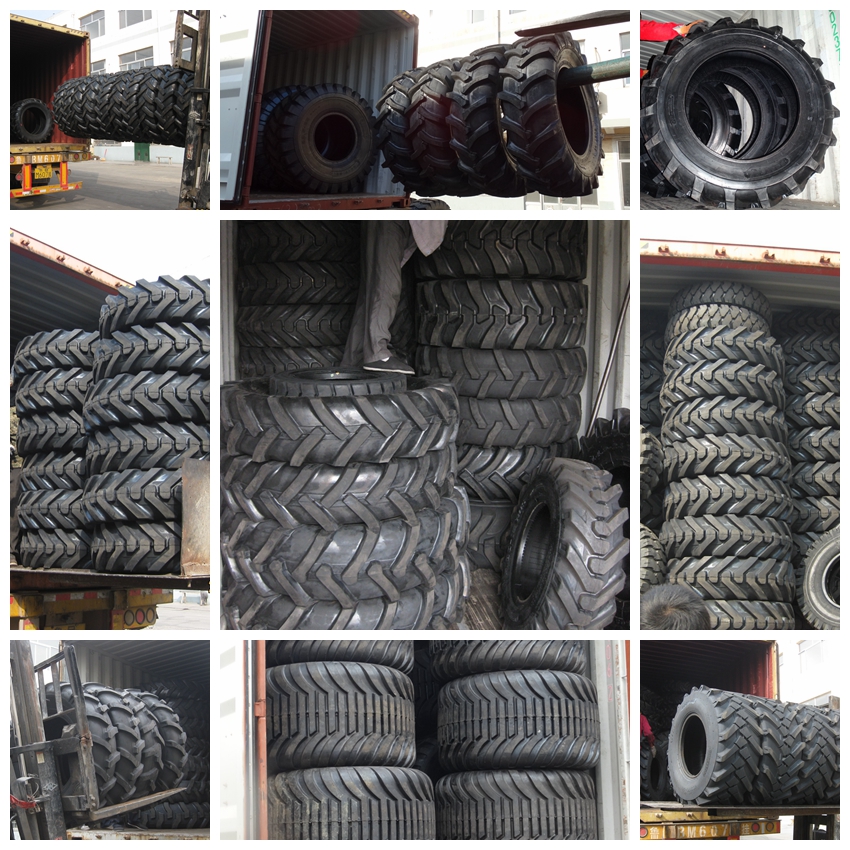
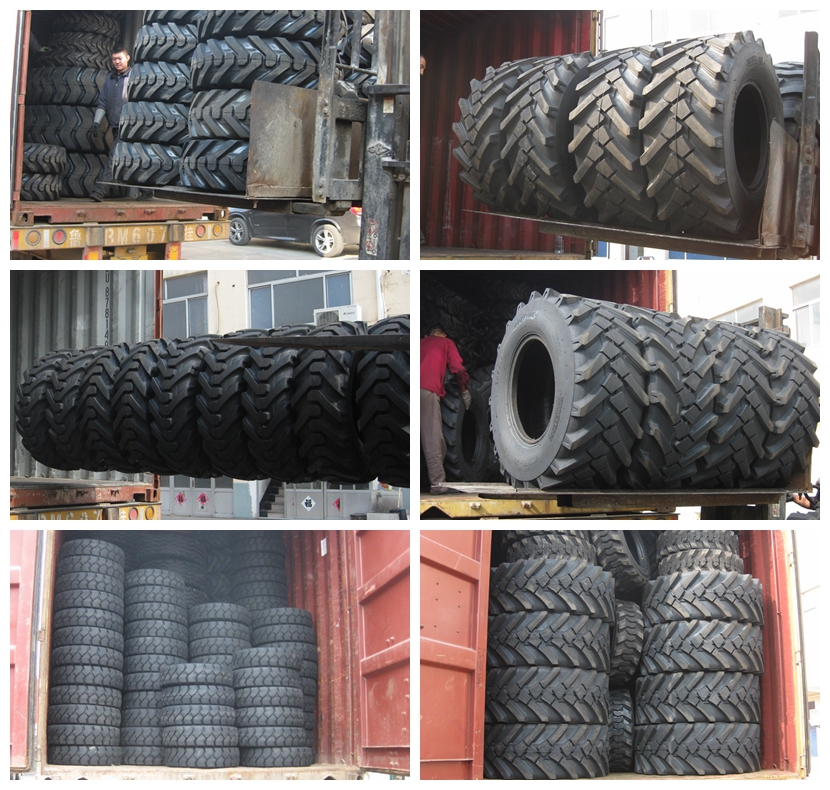
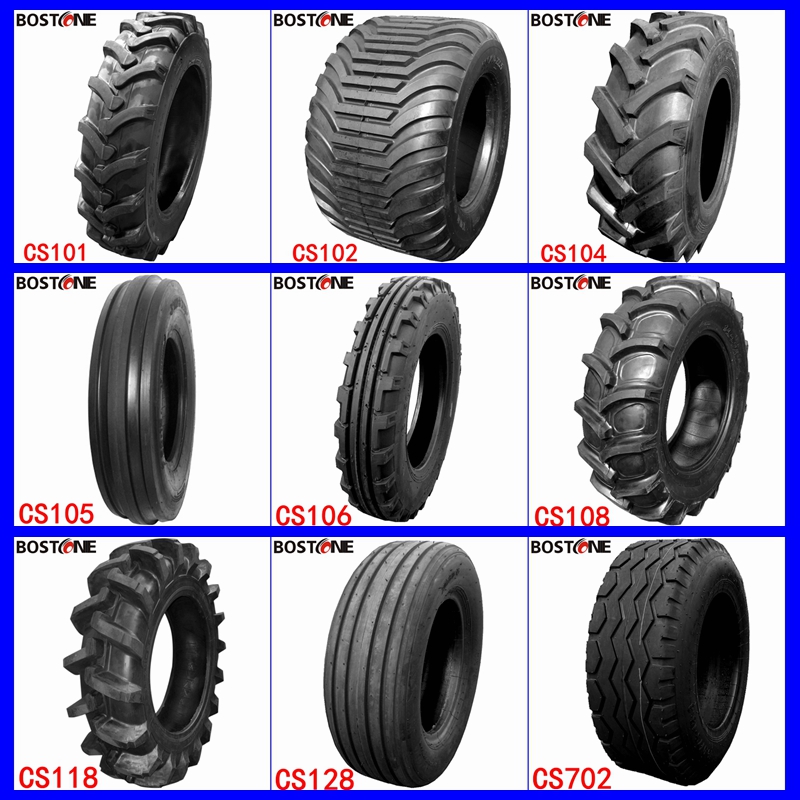
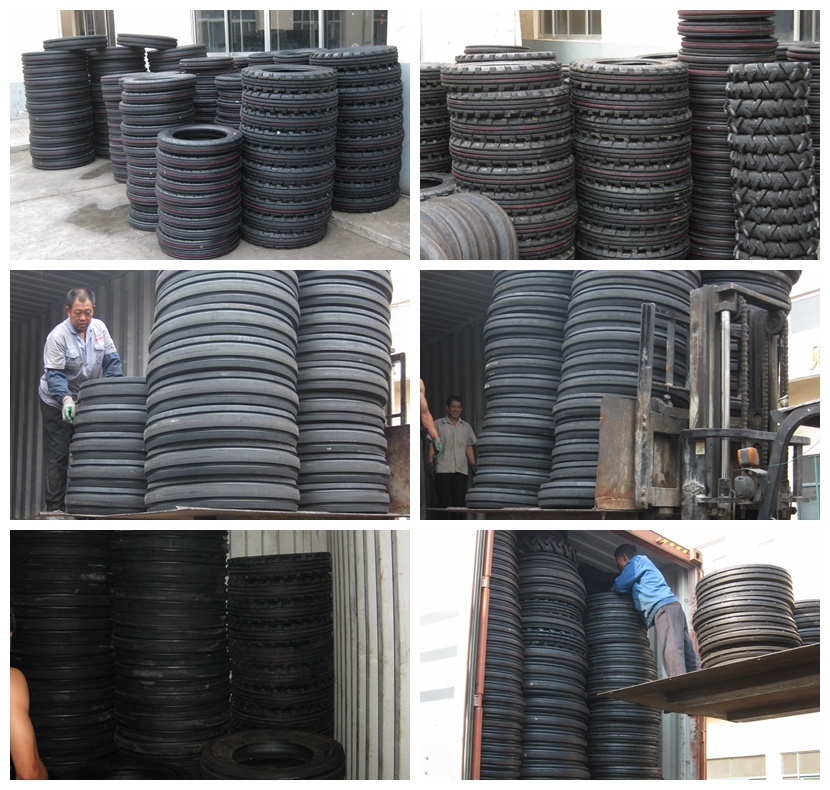
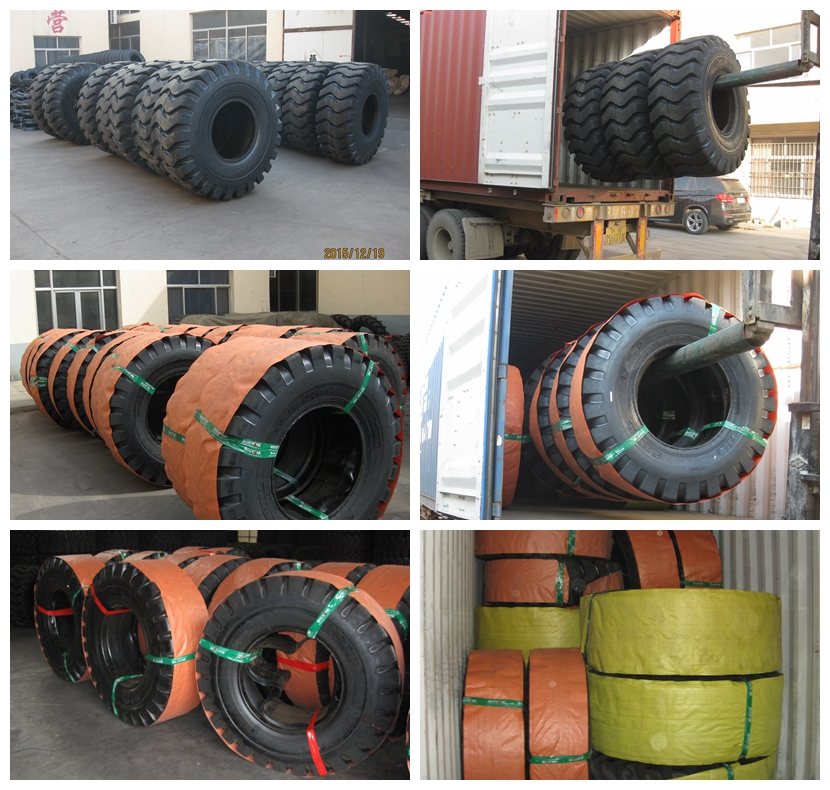
solid tire press---FAQs Guide
1.What does the speed level and load index of a solid tire press mean?
We enjoy high authority and influence in the industry and continue to innovate products and service models.
The speed level and load index of a tire refer to the maximum speed and load capacity of the tire. The speed level is indicated by a letter, with each letter representing a different speed rating. The load index is indicated by a number, with each number representing a different load capacity. Together, the speed level and load index provide information about the maximum speed and load capacity of the tire.
2.What is the impact of solid tire press manufacturing date on performance?
We adhere to the principle of quality first and have a complete production quality management system and quality inspection process.
The manufacturing date of a tire can have a significant impact on its performance. Tires that are older than six years may not perform as well as newer tires due to the breakdown of the rubber compounds used in their construction.
Additionally, tires that have been exposed to extreme temperatures or UV light may also suffer from reduced performance. It is important to check the manufacturing date of a tire before purchasing it to ensure that it is still in good condition and will provide the desired performance.
3.How to test the reliability of solid tire press?
We have established a good reputation and reliable partnerships within the solid tire press industry.
1. Visual Inspection: Check the tires for any signs of wear and tear, such as cracks, bulges, or bald spots.
2. Pressure Test: Use a tire pressure gauge to check the tire pressure and make sure it is within the manufacturer’s recommended range.
3. Tread Depth Test: Use a tread depth gauge to measure the depth of the tread on the tire. The tread should be at least 1/16 of an inch deep.
4. Balance Test: Use a tire balancer to check the balance of the tire. This will help to ensure that the tire is not out of balance and will help to reduce vibration and improve handling.
5. Wear Test: Use a tire wear indicator to check the wear on the tire. This will help to determine how much life is left in the tire and when it should be replaced.
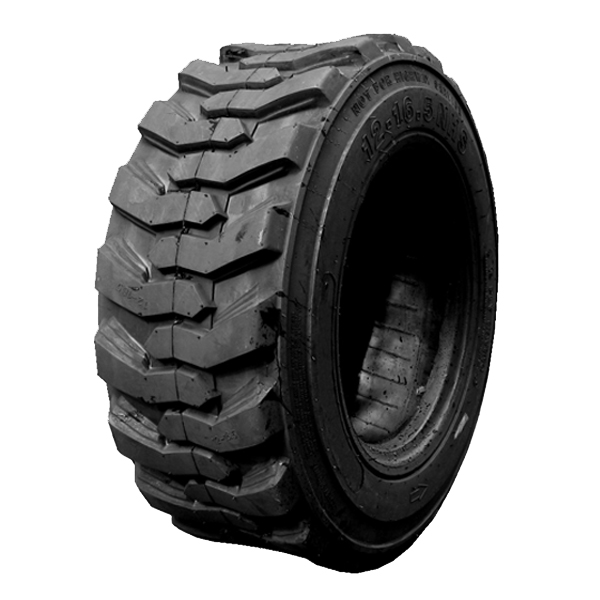
4.How is the wear resistance of the solid tire press?
We focus on teamwork and communication to achieve common goals, We attach great importance to this detail. The wear resistance of a tire depends on the type of tire and the quality of the rubber used. Generally, tires with higher quality rubber and tread patterns designed for better traction and wear resistance will have better wear resistance.
5.How much range should the solid tire press pressure be maintained?
We attach importance to the innovation ability and team spirit of employees, have advanced R & D facilities and laboratories, and have a good quality management system. The tire pressure should be maintained within the range recommended by the vehicle manufacturer. This range is typically between 30 and 35 psi (pounds per square inch).
6.What is tread depth and how does it affect solid tire press?
We have flexible production capacity. Whether you are large orders or small orders, you can produce and release goods in a timely manner to meet customer needs.
Tread depth is the measurement of the grooves in a tire's tread pattern. It is measured in 32nds of an inch and is an important factor in determining the life of a tire. The deeper the tread depth, the better the tire's ability to grip the road and disperse water, which helps to reduce the risk of hydroplaning. As the tread depth decreases, the tire's ability to grip the road and disperse water decreases, which can lead to decreased performance and increased risk of hydroplaning.
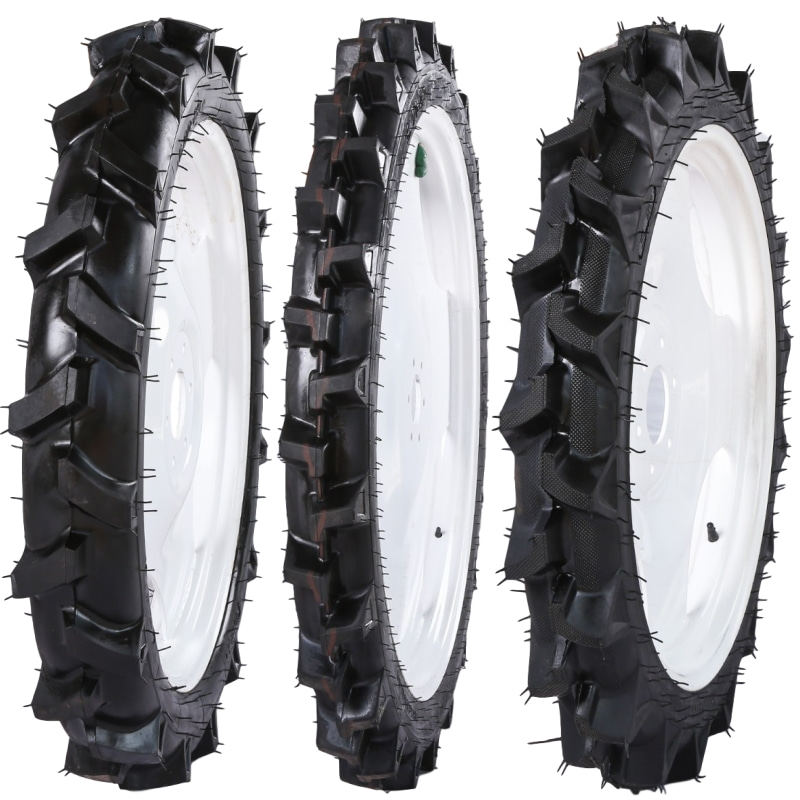
7.About solid tire press, how about your delivery time?
Generally, it will take 15 to 20 days after receiving your advance payment. The specific delivery time depends on the items and the quantity of your order.
8.What factors are included in solid tire press specifications?
We are centered on customers and always pay attention to customers' needs for solid tire press products.
1. Tire size: This includes the width, aspect ratio, and wheel diameter of the tire.
2. Load index: This indicates the maximum load capacity of the tire.
3. Speed rating: This indicates the maximum speed at which the tire can be safely operated.
4. Construction: This indicates the type of tire construction, such as radial or bias-ply.
5. Tread pattern: This indicates the type of tread pattern, such as all-season, mud-terrain, or snow.
6. Tread depth: This indicates the depth of the tread pattern.
7. Sidewall markings: This indicates the type of tire, such as all-season, mud-terrain, or snow.
8. Maximum inflation pressure: This indicates the maximum pressure at which the tire can be safely inflated.
9.Are there smart tire technologies integrated into the solid tire press, such as tire pressure monitoring systems (TPMS) or sensors?
We have a first -class management team, and we pay attention to teamwork to achieve common goals. Yes, some tires are now equipped with TPMS and sensors. These systems can monitor tire pressure, temperature, and tread depth, and can alert drivers when a tire is underinflated or has a low tread depth. Some tires also have sensors that can detect road conditions and adjust the tire pressure accordingly.
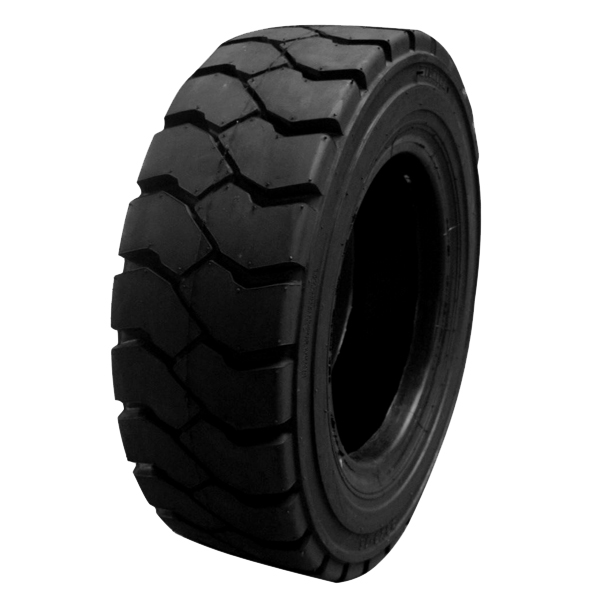
10.How does the solid tire press provide traction on different road surfaces, including wet, dry, and snowy conditions?
We operate our solid tire press business with integrity and honesty. Tires provide traction on different road surfaces by using tread patterns that are designed to disperse water, snow, and other debris away from the contact patch of the tire. In wet conditions, the tread pattern helps to channel water away from the contact patch, allowing the tire to grip the road surface. In dry conditions, the tread pattern helps to provide grip by increasing the surface area of the contact patch. In snowy conditions, the tread pattern helps to provide grip by biting into the snow and providing a larger contact patch.
11.How to check the side wear of solid tire press?
Our mission is to provide customers with the best solutions for solid tire press.
1. Visual inspection: Look for uneven wear on the tire tread. Uneven wear can indicate that the tire is over or under inflated, or that the wheel alignment is off.
2. Measurement: Use a tire tread depth gauge to measure the depth of the tread. The minimum legal tread depth is 1.6mm.
3. Wear indicators: Most tires have wear indicators molded into the tread. When the tread is worn down to the same level as the wear indicators, it is time to replace the tire.
12.How do solid tire press handle elevation angles?
As one of the solid tire press market leaders, we are known for innovation and reliability.
Tires handle elevation angles differently depending on the type of tire. Generally, tires with a higher profile (taller sidewalls) will handle elevation angles better than tires with a lower profile (shorter sidewalls). Tires with a higher profile will provide more cushioning and grip on uneven surfaces, while tires with a lower profile will provide less cushioning and grip. Additionally, tires with a more aggressive tread pattern will provide better traction on steep inclines.
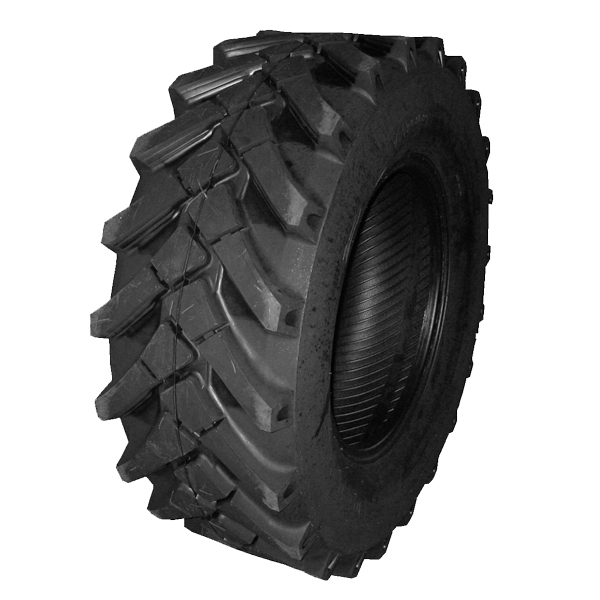
13.How can the service life of solid tire press be extended?
We should perform well in market competition, and the prices of solid tire press products have a great competitive advantage.
1. Check tire pressure regularly: Make sure your tires are properly inflated to the manufacturer’s recommended pressure. Under-inflated tires can cause uneven wear and reduce the life of the tire.
2. Rotate tires regularly: Rotating your tires regularly helps to ensure even wear and tear on all four tires.
3. Avoid overloading: Overloading your vehicle can cause excessive wear on your tires.
4. Avoid aggressive driving: Aggressive driving can cause excessive wear on your tires.
5. Avoid potholes and other road hazards: Potholes and other road hazards can cause damage to your tires.
6. Inspect tires regularly: Inspect your tires regularly for signs of wear and tear.
7. Use tire sealant: Tire sealant can help to extend the life of your tires by sealing small punctures and preventing air loss.
14.About solid tire press, can you design the tyres I want?
Of Course. Once Give Us Your Design Requirements, Free Design and Technica Support.
15.What is the difference between an empty solid tire press and a solid tire press?
We are committed to providing personalized solutions and established long -term strategic cooperative relationships with customers. An empty tire is a tire that has been completely deflated and has no air in it. A tire is a tire that is filled with air and is ready to be used.
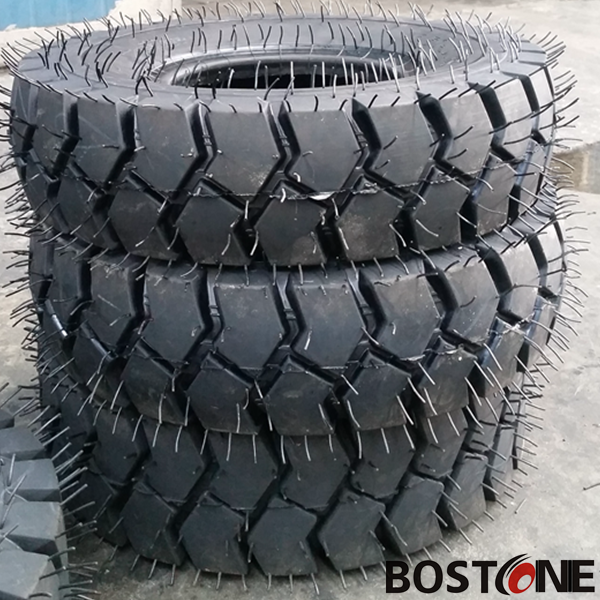
16.How to check the degree of solid tire press wear?
We should enjoy a good reputation in the industry, and we can increase the added value of the products of cooperative customers through technological innovation.
1. Visual inspection: Look for signs of uneven wear, such as bald spots, cupping, or scalloping.
2. Tread depth gauge: Measure the depth of the tread with a tread depth gauge. The minimum legal tread depth is 1/16 of an inch.
3. Penny test: Insert a penny into the tread with Lincoln’s head facing down. If you can see the top of Lincoln’s head, the tread is too shallow and the tire should be replaced.
Tags:fleet farm tires,harvest king farm tires,solid foam tire filler,firestone farm tire data book